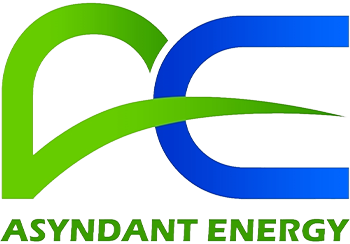Energy Assessment & Permit Testing
Find the Real Source of Your Home’s Problems
Not sure where to start? That’s normal — During your assessment we’ll run the right tests and show you exactly what’s happening inside your home.
Thermal Imaging
See what your eyes can’t.
We use advanced infrared cameras to reveal temperature differences in your home — like outside air sneaking in, insulation gaps in the attic, ducts that aren’t properly connected, or areas of moisture buildup, finding the exact spots where energy is being wasted.
This means that every recommendation we make is based on hard data, not guesswork, and you can see the proof yourself in the images we capture.
Blower Door Testing
Find the leaks you’ve been living with.
A blower door test uses a powerful fan to pull air out of your home and lower the inside air pressure. This exaggerates leaks around doors, windows, and other openings, so we can quickly identify where outside air is sneaking in.
During the test, we can actually walk through the house and feel the air rushing in at problem spots. The results guide us to the most effective sealing and insulation upgrades, so you get maximum comfort and savings without guesswork.
Duct Blaster Testing
Make sure your air isn’t getting lost.
Your ducts are meant to deliver cooled or heated air straight to your rooms — but in many homes, they leak. A duct blaster test pressurizes your duct system and measures how much air is escaping along the way.
We can pinpoint the exact spots where conditioned air is leaking into the attic, crawl space, or walls instead of into your living space. With this information, we know exactly where sealing or insulation will have the biggest impact.
Combustion Analysis
Keep your home safe and your air clean.
If you have gas appliances inside your home — like a furnace, water heater, or stove — it’s important to make sure they’re burning fuel safely. A combustion analysis checks how much carbon monoxide (CO) is being produced, and whether those gases are venting properly through the flue pipe instead of spilling back into your living space.
In simple terms, we’re making sure your gas appliances aren’t putting your family at risk. These tests not only improve safety, but also help your appliances run more efficiently, saving energy while protecting your health.
Ready to Fix Your Home's Insulation & Sealing?
Let our team help you save money and live more comfortably!
Don't Just Take Our Word For It!
Here's What Our Energy Assessment Customers Have to Say:
Frequently Asked Questions
Will energy testing damage my home?
No. The equipment we use, like blower doors and duct blasters, is designed to safely test your home without causing any damage. Everything is temporary — once the test is done, your home is returned to normal conditions.
Do I need all four tests?
Not always. That’s why we start with an assessment. Our team determines which tests make sense for your home based on your symptoms — like high bills, drafty rooms, or uneven temperatures. We may run one, two, or all four tests to get the full picture.
What happens after the testing is done?
You’ll receive a summary of the results and a clear plan for improvements. This may include sealing air leaks, adding insulation, or fixing leaky ducts. We’ll explain the priorities so you know which steps will give you the biggest comfort and savings first.
